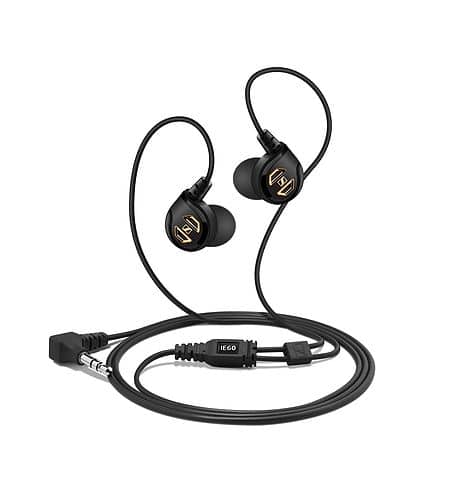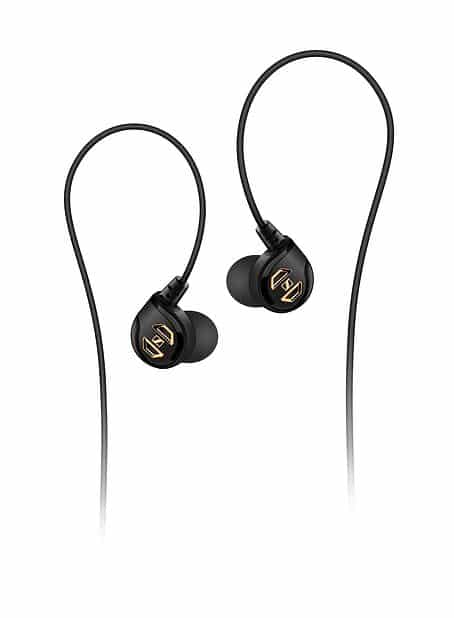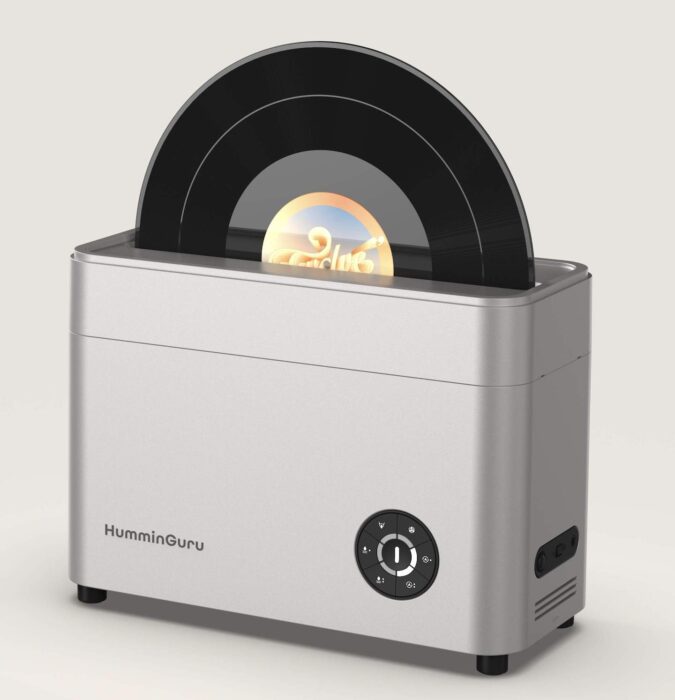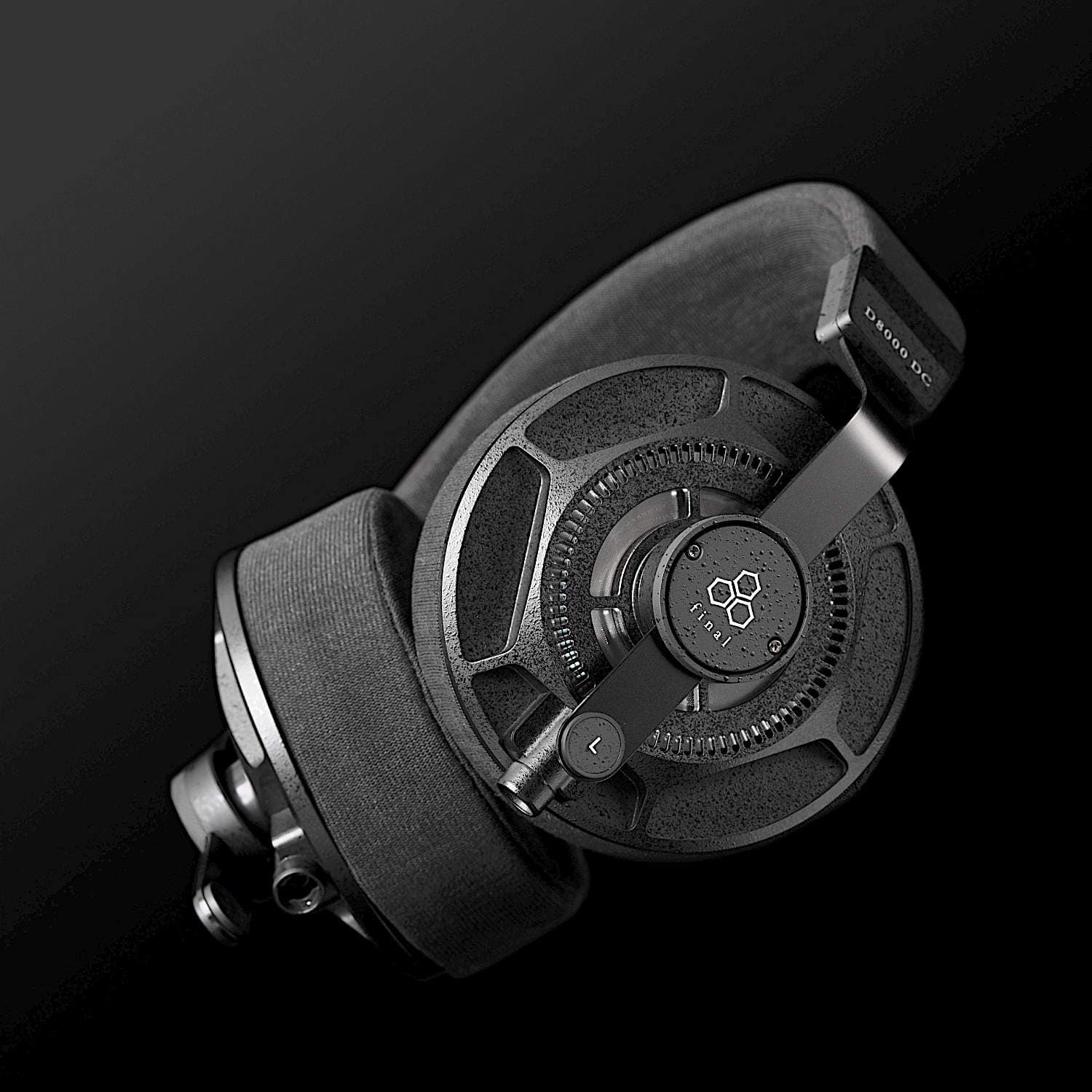The Article
Sennheiser IE60 earphones: Stick It In Yer Ear!
3rd January 2016

Sennheiser has released a mid-priced set of earphones. Paul Rigby reviews the IE60s
I blame the smartphone. For the increasing popularity of the earphone, that is. We’ve had dedicated portable music players before, younger users tend to go for the cans-on-head approach to mobile headphone use and audiophiles have had high quality, ear canal, mutant earphones to rely on but the boom in earphones has come from the widespread use of smartphones and the realisation that you also have an entertainment system in your pocket and not just a phone. Hence, for the first time, every age group has found themselves considering the earphone as a purchase option. Not just music-savvy users, either but technophobes and beginners. These users, especially, like the earphone approach because they are pocket friendly and inconspicuous.
This new release from Sennheiser recognises that, while there are many decent budget models out there, users are appreciating the increase in possible sound quality that is coming from higher definition music files such as WAV and FLAC. Especially as smartphones are regularly arriving with internal memories capacities of over 32GB.
The new IE60 model offers a quietly stylish design. Nothing too fancy. Sturdy, somber and conservative in approach, in fact. Out of the box, in terms of comfort, the IE60 provides a good fit. The design of the ear pieces are slightly superior to the CX95 reference, fitting the ear well. The IE60s feel less likely to pop out at inopportune moments. The length of the associated chord is a lot shorter, though, which might make the IE60s not quite as comfortable if used outside. That is, you may need to find a pocket higher up the body. The CX95 has a chord extension which means that you can place your mobile player just about anywhere on your body and not have the cords pulling on your ear pieces as you walk. The length of the IE60 cord is exactly the same length as that offered by the other reference used in this test, the XTZ Earphone-12.
And before we get to the the review itself. I tend to avoid referring to other reviews at all on this site but I’m afraid that I have to make an allusion here without naming names, of course. There is really no point in comparing these earphones with the higher quality Sennhesier IE80s as I’ve seen online on numerous occasions. For two reasons. Firstly, you can easily pick a pair of the IE60s for less than £100. The IE80s cost around £240 and that’s after Amazon have shaved a slice from the manufacturer’s recommend price point. Secondly, such reviews appear to damn the IE60 when they find out that (shock) the IE80s sound better. Isn’t that the point of the IE80s, though?
What I’ve tried to do here is firstly see if the improvements over the cheaper CX95 earphones are warranted and justified. Secondly, I drafted in a pair of the XTZs. These are priced at €70 but they are available direct to the customer which provides a skewed extra value. That is, XTZ are able to lower the price of their Earphone-12s because they do not use a distribution chain (distributors demand a cut of the profits). This means that, if XTZ had gone through a similar distribution chain as Sennheiser, the XTZs would be the same price or even higher. Hence the reason for choosing them as a reference. And now on with the show.
SOUND QUALITY
Spinning the vinyl version of Genesis’ Los Endos, a true prog instrumental with the band doing what they do best – not producing irritating ‘pop’ songs – this is a dynamic, complex piece full of drum-intensive work and convoluted synth noodling plus minor vocalisations.
Comparing the IE60 earphones with the company’s own CX95 model, priced at around £55, I wanted to see what improvement there was, if any, how large it was and where it was happening.
Immediately, the IE60s sounded far more balanced in the soundstage which was just as wide as the CX95s. The IE60 has more control over the bass frequencies, though, which meant that the percussive bass was pulled back into the mix, allowing the other percussive elements to be heard properly. Previously, they were masked by the bloom emanating from the CX95s.
Another improvement that stemmed from the lack of bloom was the tempo of the track. The IE60s had a more sprightly and light footed feel. Hence, there was delicacy in the secondary percussion. The reduced levels of bloom also allowed the Banks-played synths to offer elegance in terms of the sweeping nature of the string effects he produced. Similarly, the IE60 also offered greater instrumental separation that gave the presentation a relaxed feel.
Even the brief vocal insertion had a smoother and more nuanced presence.
Earphones are often used for mobile music players or smartphones and not just for music. I’m thinking about Podcasts or radio. To give me a feeling of the spoken word I played a vinyl version of The Parkinson Show. This was a special BBC release to celebrate the career of Peter Sellers but it served well to test the spoken word on these new earphones.
The IE60 offered a focused presentation in terms of the vocal. The upper midrange of the voices where not only tight and well-defined but clear to the extent that each voice offered interesting texture and character. This enhanced clarity gave the voices extra emotional emphasis. Again, because of the control of potentially wayward frequencies, there was a lot more space and air around each of the voices while touches of studio reverb were easier to define.
Changing the source now to CD and a spot of vocal jazz from Mel Torme but this time the comparison was with the XTZ Earphone-12s which offered a stronger sonic test than the CX95s. Playing We Got A World That Swings was interesting. The IE60, despite a slight reduction of presence, provided extra air and space in the upper midrange which not only allowed Torme’s voice to range over a greater dynamic range but gave the accompanying piano a tonally more interesting and correct presentation. Again, the focus of the IE60s, a feature of the design, reduced the bloom effects which, despite a slight lack of impact in the lower frequencies, seemed to increase the speed and tempo of the music. Bloom can hang off piano and percussion, dragging the music and slowing it down. The IE60s were sleek and detailed.
CONCLUSION
Offering excellent levels of comfort with a good design overall, the IE60 provided a very creditable sound quality, providing an open and airy level of performance that provides a balanced and relatively natural sound that should please any audiophile on the move.
SENNHEISER IE60
Price: £100
Website: en-uk.sennheiser.com
Good: focus, upper midrange, comfort and fit, packaging
Bad: lacks a sense of presence and impact



